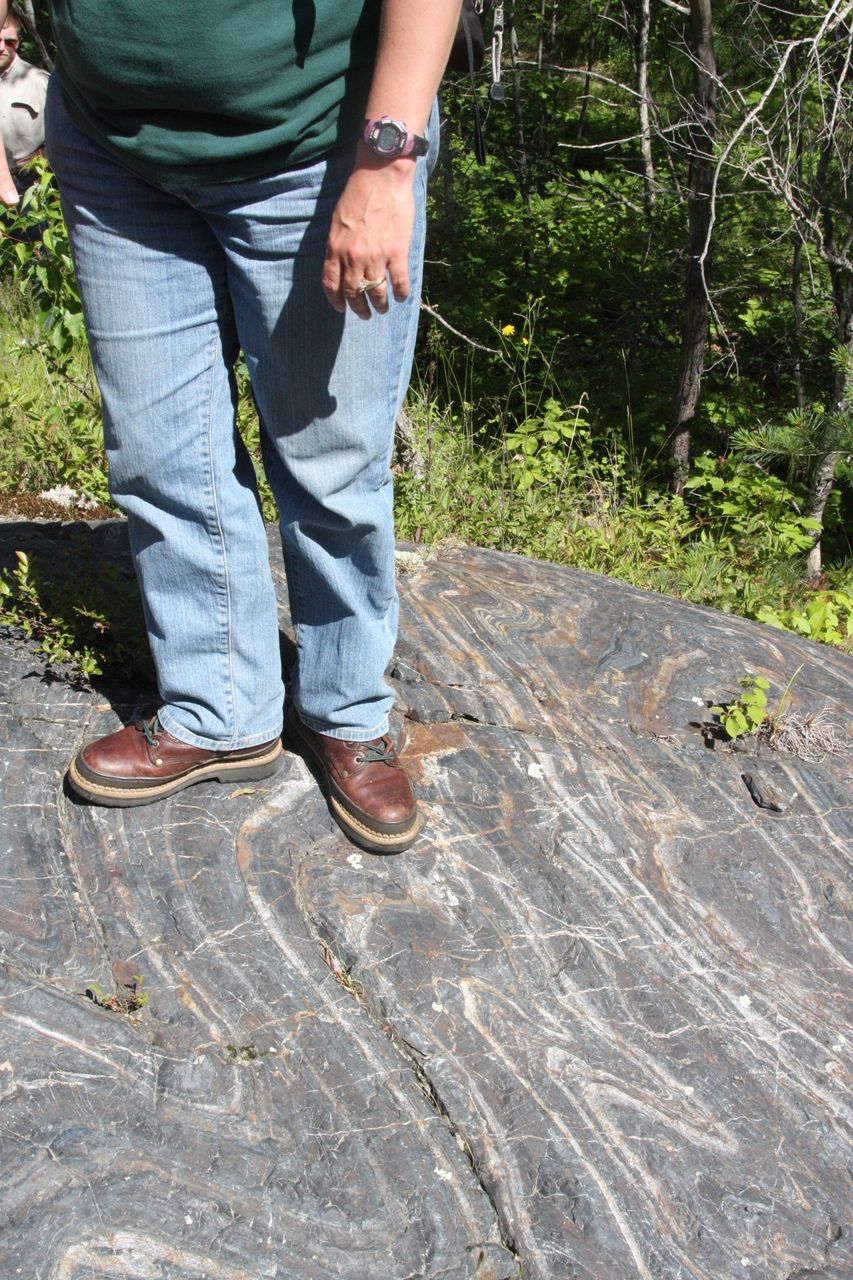Support the Timberjay by making a donation.
DNR outlines development hurdles at new park
Debate underway over where major development will be centered
Members of the Lake Vermilion State Park citizens advisory committee received a crash course last week in the hurdles facing the Department of Natural Resources as it works to sketch out a …
This item is available in full to subscribers.
Attention subscribers
To continue reading, you will need to either log in to your subscriber account, or purchase a new subscription.
If you are a current print subscriber, you can set up a free website account and connect your subscription to it by clicking here.
If you are a digital subscriber with an active, online-only subscription then you already have an account here. Just reset your password if you've not yet logged in to your account on this new site.
Otherwise, click here to view your options for subscribing.
Please log in to continue |
DNR outlines development hurdles at new park
Debate underway over where major development will be centered
Members of the Lake Vermilion State Park citizens advisory committee received a crash course last week in the hurdles facing the Department of Natural Resources as it works to sketch out a development plan for the state’s newest park.
“It has a lot of rock, a lot of wetlands, and a lot of topography,” said Larry Peterson, a development specialist with the DNR who spoke to the committee Wednesday night in Tower. “This is a challenging piece of ground to build things on in a sensitive way,” he said.
The DNR also faces the challenge of trying to better integrate the existing Soudan Underground Mine State Park into the newly-acquired parkland. That job is not made easier by soil conditions on the park’s west end, which Peterson said make it more amenable to dispersed uses, like hiking or remote camping.
That has DNR planners looking to the new park’s far eastern end, near Armstrong Bay, as the likely location for some of the park’s major development. “What’s shaping up in my mind is something to the east,” said Peterson.
But that suggestion isn’t sitting well with many local residents, who are advocating for keeping the major development on the park’s west end, closest to Soudan. “I just can’t see doing the major development on the east end,” said Steve Abrahamson, Mayor of Tower and a member of the citizens committee. “I think it makes much more sense to have it on the western side, where the infrastructure already exists,” he said.
Advocates of development on the west end argue that the existing municipal water and sewer system in place at Soudan would reduce the cost and the environmental impact of utility expansion, and provide major facilities at the heart of the combined park complex, rather than at the far eastern end.
“That’s exactly what I told them when they came looking for funding,” said Rep. Tom Rukavina, DFL-Pike. “You’ve got existing infrastructure and a road already to the lake at Stuntz Bay. Why would you go miles to the east and have to install all that infrastructure again?” Rukavina questioned.
And since most park visitors will arrive from the south, and will hit the park’s west end first, Abrahamson argues that focusing development on the west side makes the most sense. “Otherwise, they’d already be through most of the park before reaching major facilities, such as a visitors center or a developed campground.”
But DNR planners say they don’t want to direct large amounts of traffic through the streets of Soudan, which is how visitors currently access the Soudan Mine state park. Abrahamson agreed that an alternative route is needed, possibly a new road located just east of Soudan.
According to the DNR’s Peterson, the shallow soils on the park’s west end would limit the potential for utilities. He said the eastern end has more gravel, which is better for treatment of wastewater from campgrounds, a visitors center, or other high-use facilities. Peterson noted that US Steel had planned to build its sewage treatment plant on the east end of their proposed Three Bays development project. That plan was scrapped once the company agreed to sell the property for a park, but that doesn’t mean all of the planning work completed by US Steel is being forgotten. “We may look at US Steel’s package plant site for waste treatment,” said Peterson. “We could do the same thing,” he said. Peterson acknowledged, however, that the DNR typically steers clear of treatment plants, since they require regular staffing, which adds to park operating costs.
Funding an issue
If questions over where park development should take place aren’t a big enough concern, the DNR also faces a challenging state budget environment, which is likely to further complicate the decision-making on the park. DNR officials have maintained that the $2 million remaining from the $20 million originally allocated for the park is sufficient to complete master planning, design work, and some limited development.
But installation of water and sewer for major campgrounds or a visitors center won’t come cheaply, and Rukavina says a significant infusion of new funding won’t come easily. His effort to obtain $6 million from the Legislative and Citizens Commission on Minnesota Resources, or LCCMR, ran into difficulty last month. The LCCMR board did approve $4 million in funding, although that recommendation must still receive the okay of the Legislature when it reconvenes early next year. “I’m going to keep fighting for that money. I want the promises kept to the people up there,” said Rukavina.






